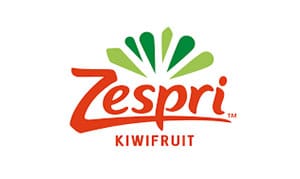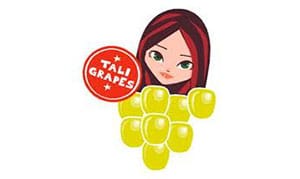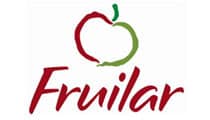How to Improve Fruit Quality Control for Apricots
Apricots are similar in nature to plums, peaches and cherries, and they’re also related to the almond! To get the best out of an apricot harvest, it’s important to think about when to harvest apricots, and what makes a good quality apricot. Often, growers will pick an apricot early, while it’s still quite firm to avoid shipping damage, although overly firm apricots are not ripe yet. If an apricot is too soft, this suggests it’s overripe, and has been left on the tree too long. Apricots are a healthy choice – if you’re wondering about the content of sugar in fresh apricots, one fresh apricot has just three grams of sugar.
In order to provide the best apricot yield when harvesting apricots, a better measure of fruit quality control is needed across the value chain. Rather than subjectively looking for defects and tracking information via pen, paper and Excel spreadsheets, a consistent and digitized approach is needed. This would allow for transparency around the quality control of apricot harvesting, and a common language around what makes a good quality apricot for marketing companies, wholesalers, and retailers.
Common Defects when Growing & Harvesting Apricots
The following defects are the ones that are most likely to affect apricot quality across the supply chain:
Bacterial Canker
This is one of the most common apricot defects, and will cause sunken spots that appear dark at the base of the buds, as well as on trunks and boughs of trees. You can often see a dark gummy substance appear during the Spring. In severe cases, the tree can die, and there is very little you can do. Growers can attempt to treat it with copper fungicide.
Brown Rot
Also known as ripe fruit rot, this defect can’t be detected by the human eye until the apricot harvest begins to ripen. You can identify it by small, water-soaked dark lesions on the fruit, which will quickly spread through spores. By removing infected fruits you may be able to stop the damage, but make sure to clean up fallen debris as well.
Eutypa Dieback
If your apricot trees start to wilt later in the season, towards the summer, and you spot discolored bark and secretions, you might be dealing with eutypa dieback, also known as limb dieback. You can tell the difference between eutypa dieback and a bacterial canker infestation by checking if the leaves are still attached to the tree branches. If so, it’s likely to be the former. You’ll need to remove some healthy tree limb to ensure you’ve pruned enough to stop recurrence.
Pests
Apricot trees attract many different kinds of pests, including aphids, citrus cutworms, earwigs, leafrollers, mites, peach tree borers, oriental fruit moths, and plum curculios. All of these can cause damage to the apricot fruit or plant.
Phytophthora
This is a defect that arises in an apricot harvest due to poor irrigation, where plants have been overwatered, or the drainage is subpar. As the plants have too much water, the roots and the crowns sustain damage, and cause early leaf fall and reduced yield.
Red spider
Actually a mite, not a spider - this insect can be tough to see until it has taken over a crop. Red spider will cause the leaves to change color to an orange hew, and also the mite is too small to be seen, you will eventually see webbing appear over the shoots and leaves.
Shot hole disease
This is a very distinctive defect where growers will see circular purple spots that appear on the leaves of the fruit. Over time, these spots may dry out and break, leaving small holes. If the defect spreads to the fruit itself, apricots will also get spots and scabbing, and where the scabs fall off, there will be rough patches left behind. This defect is also known as coryneum blight.
Silver leaf
With silver leaf defect, you can identify a distinctive silver sheen to the leaves of the apricot plant, and when you cut into branches, you may see a red staining. The best way to prevent silver leaf is to prune the plant well, on a regular schedule throughout the summer, but minimally so that you reduce the cut surface and exposure of the trees.
Temperature-related damage
Temperature is very important for apricots. Storage should be between 32 and 36 degrees Fahrenheit, and if you dip below that temperature, you may see injury, mealiness in texture, or loss of flavor. Storing apricots below 29 degrees will cause freezing.
Interesting Facts about Apricots
- When treated well, an apricot tree can live up to 150 years!
- Apricot trees prefer a mild, dry climate and rely on good irrigation. In this way they are similar to other stone fruits such as peaches and plums.
- Some of the largest producers of apricots in the world are Turkey, Iran and Uzbekistan.
- Make sure to leave plenty of space when planting apricot trees - their roots are some of the largest of any fruit tree.
- The most common apricot rootstock is St Julien A, which can grow to more than 10 feet, with regular pruning.
Common Quality Attributes for Growing and Harvesting Apricots
The following internal and external apricot attributes are commonly used for quality evaluation:
Diameter
Sugar
Firmness
For the full list of attributes that the Clarifruit platform currently evaluates and recommended quality standards for each, download our free app now.
The Clarifruit platform also integrates with 3rd-party technology to evaluate external apricot attributes. Learn more here.















